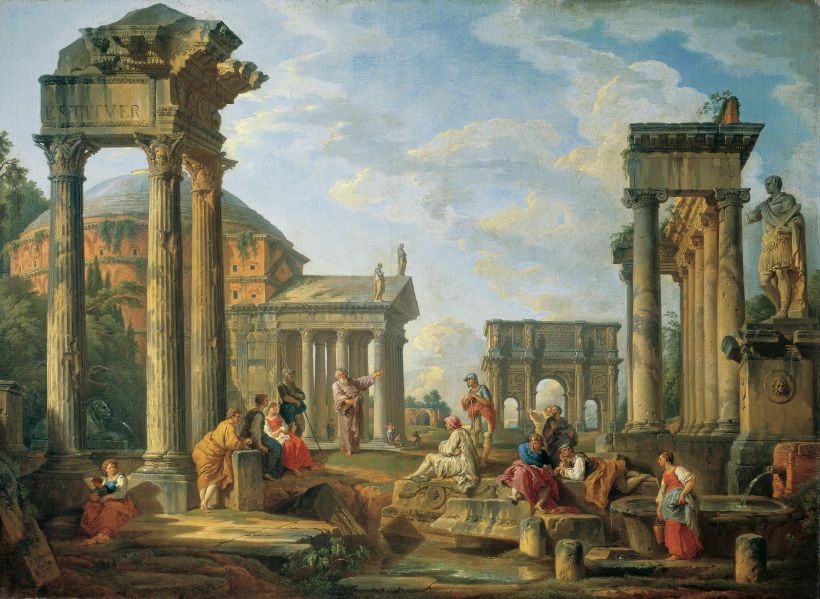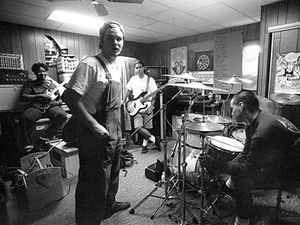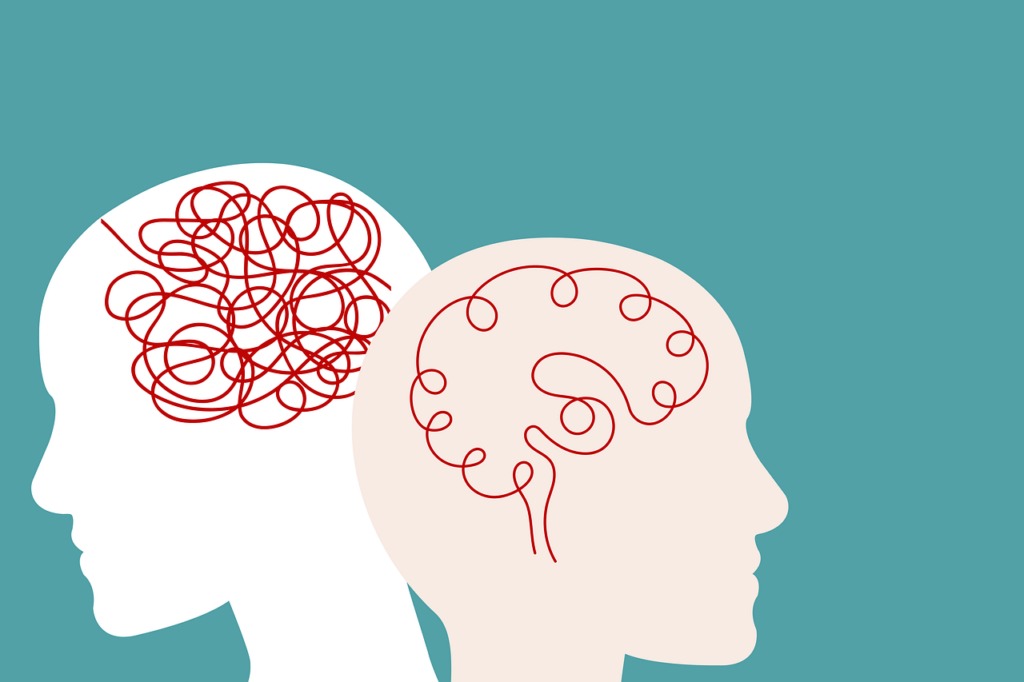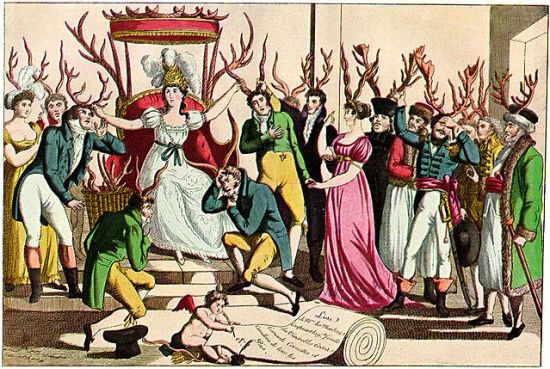Introduction
Heritage is more than just an abstract concept or a collection of relics from the past. It is the thread that ties generations together, the foundation upon which cultures are built, and the cornerstone of individual and collective identities. Whether it’s tangible, like monuments, artifacts, or buildings, or intangible, like customs, languages, or rituals, heritage plays a vital role in shaping societies. This article delves into the importance of heritage in modern society, its preservation, and the lessons it offers for future generations.
What is Heritage?
Heritage refers to the traditions, customs, beliefs, and artifacts passed down from one generation to the next. These elements are crucial in preserving the identity and values of a community, region, or nation. Heritage can be divided into two main categories: tangible and intangible.
- Tangible Heritage: This includes physical objects and structures such as monuments, buildings, artwork, and tools, which reflect a society’s historical, artistic, and technological advancements.
- Intangible Heritage: This includes non-physical aspects like languages, customs, traditions, music, dance, and folklore. These elements are vital in understanding how past societies lived, thought, and interacted with the world.
The Significance of Heritage
Heritage forms the backbone of societal identity and belonging. By reflecting the past, heritage provides a sense of continuity and stability. It connects individuals to their roots, offering them a sense of pride in their ancestry. Furthermore, heritage fosters a sense of community, as shared traditions help build collective identities.
Additionally, heritage is not merely a reflection of the past but a living practice. The customs, languages, and rituals of a society evolve and adapt over time, yet they continue to be expressions of cultural identity. For example, many indigenous communities worldwide maintain their traditional practices while integrating modern elements, creating a dynamic and living heritage.
Preserving Heritage
The preservation of heritage is critical in ensuring that future generations understand and appreciate their cultural roots. However, the rapid pace of globalization, urbanization, and climate change poses significant threats to heritage conservation.
- Globalization has led to cultural homogenization, where dominant global cultures, often Westernized, threaten to overshadow local traditions and practices. This has resulted in the erosion of indigenous languages, customs, and even art forms.
- Urbanization has led to the demolition of ancient buildings and historical landmarks to make way for new construction, often without adequate regard for the significance of these sites.
- Climate Change is also threatening tangible heritage, especially in regions prone to rising sea levels or extreme weather conditions. Flooding and natural disasters can destroy irreplaceable cultural artifacts.
To counter these threats, organizations like UNESCO work tirelessly to protect world heritage sites and intangible cultural practices. Governments, communities, and individuals must collaborate to raise awareness and promote preservation efforts.
The Role of Education in Heritage Preservation
One of the most effective ways to preserve heritage is through education. By teaching younger generations about the significance of cultural heritage, we empower them to become stewards of their traditions. Schools, museums, and cultural organizations must play a proactive role in fostering an understanding of heritage and the importance of its preservation.
Modern technology also plays a vital role in heritage preservation. Digital archives, virtual tours, and 3D scanning allow us to document and protect heritage sites and objects in ways that were previously unimaginable. These tools provide future generations with access to cultural landmarks and practices even if they are no longer physically accessible.
Conclusion
Heritage is an essential component of human culture. It provides a connection to the past, fosters a sense of identity, and shapes the values of future generations. However, the threats to heritage are real, and the responsibility to preserve it falls on all of us. By promoting awareness, investing in preservation efforts, and embracing both traditional and modern tools, we can ensure that our heritage remains a living, vibrant part of the cultural landscape for years to come.




